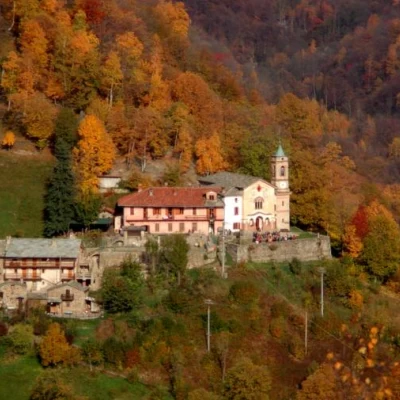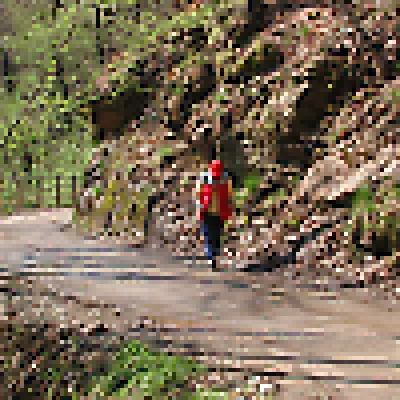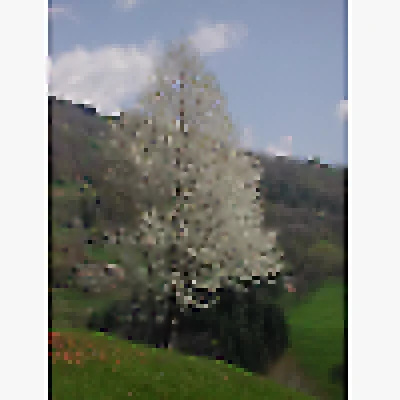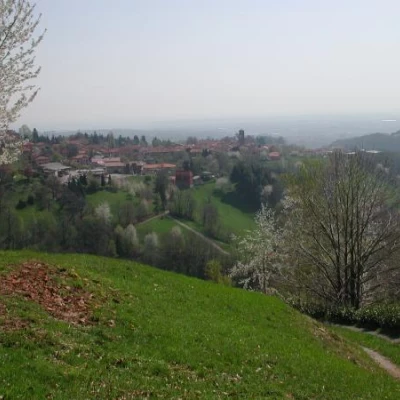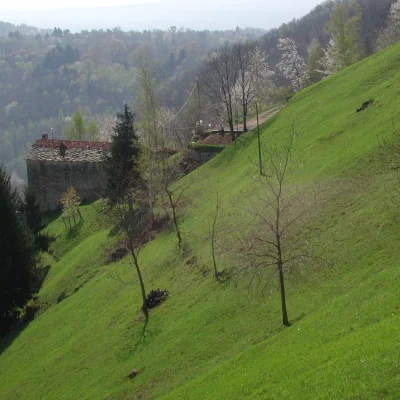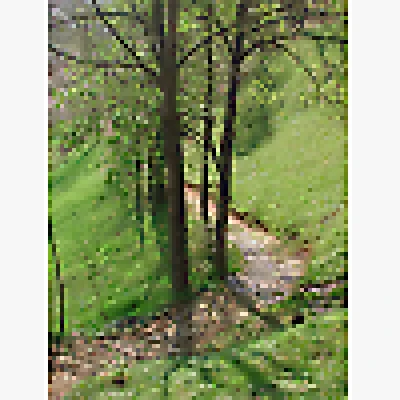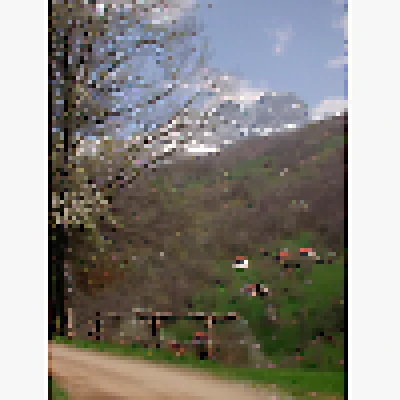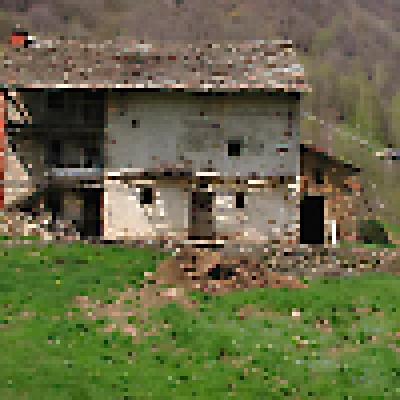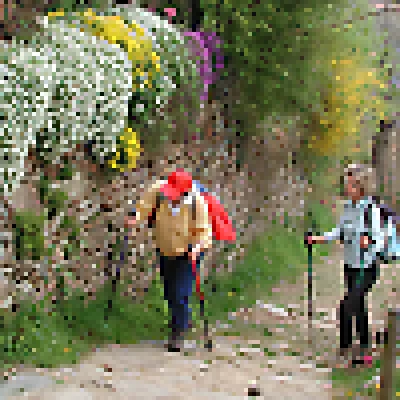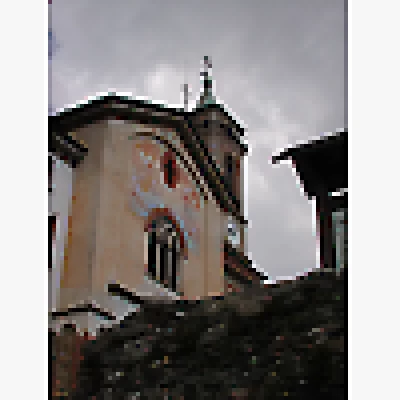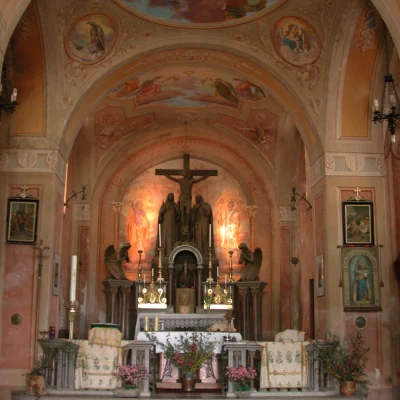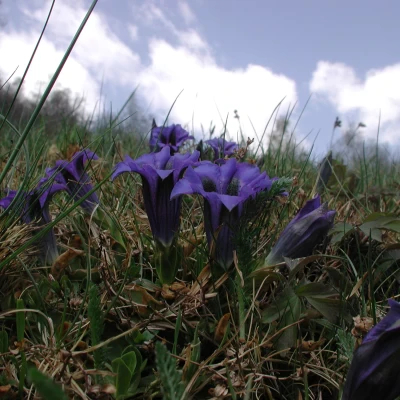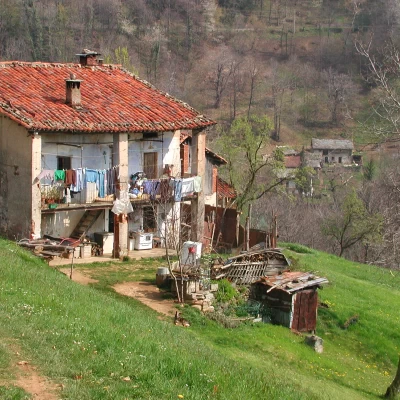Bagneri
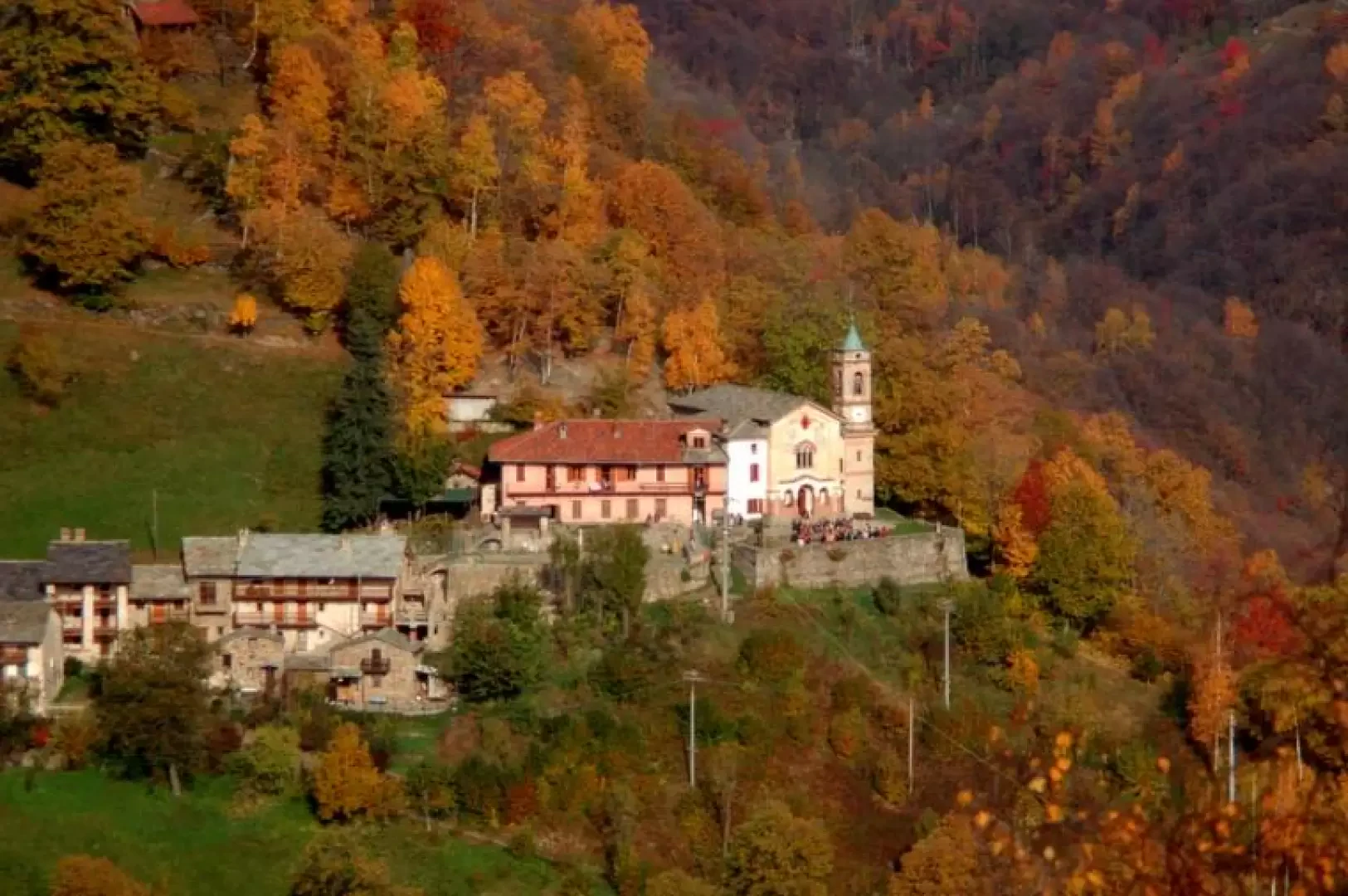
Introduction
This itinerary takes us to Bagneri, a small hamlet in the municipality of Muzzano. In the 19th century, 300 people lived here all year round, now there are 25, a few more in summer when the shepherds go up with the cows to the Salvine, the Switzerland of the Biellese. And in those days there were no roads, you went up on foot from Sordevolo, crossing the Elvo on the Ambrosetti bridge. Now the hamlet has a road (not all asphalted, narrow, but almost always practicable) that reaches it from below, and that is the one we take, and another that comes from Oropa or San Carlo along the Tracciolino, reaches the pastures of the Salvine, and stops about a hundred metres above the church. Bagneri had its own school with a teacher until 1986/87, financed the last few years by the Alpini, and who lately took care of all the classes The hamlet has been resurrected thanks to the Scout house, a hut owned by the CAI, and an ecomuseum, the Alpini, and the passion of the Amici di Bagneri. Our route then takes us to San Carlo, which was supposed to be the arrival point of a Sacro Monte wanted by one of the parish priests of Graglia and never completed. Now San Carlo is home to the Circolo del Pettirosso of Occhieppo Inferiore.
Description
Leaving the car behind, walk along the road, paved for long stretches, that leads to Bagneri. You pass by old farmsteads, and look out over the upper Elvo valley: on the other side of the valley, San Grato, and the slopes rising to Muanda and then Mucrone. The road is shady and reaches Castagneto, 707m, where the old mule track now the route of the GtB (Grande Traversata Biellese), which climbs from Sordevolo and continues to Graglia Santuario, also arrives. We continue on almost level ground, cross the Ianca stream over a beautiful bridge (this is one of the places where the water for one of Biella's aqueducts is captured), then climb steeply with a couple of twists and turns until we reach below Bagneri. The terrain becomes more open, there are several farmsteads, and to the left behind one of them you can take a little piece of the old cobbled mule track that leads up to the houses in the hamlet.
The little church is almost always open because of the Scouts who assiduously frequent their hut. Festivals are organised here at various times of the year; in spring, on Easter Monday, for example, there is the herb festival, where omelettes cooked with herbs gathered from the meadows are eaten.
From Bagneri (904m, 1h30'), we climb up the beautiful mule track to Tracciolino, stopping at the statue of the Madonna del Piumin by the sculptor Sandrun, a bronze Madonna, about two metres high, with a child's face and a large cloak.
At Tracciolino, we continue to the left, encountering various detours that we ignore, and which serve the local mountain huts and those of the Salvine. We cross the Viona again over another bridge, and after about an hour, when the road becomes level (heli-rescue pad on the left), we can look out to the left to admire the view over the Elvo valley, the Trappa (a former factory being restored to become a GtB stage stop), and the Salvine. We continue on our way to San Carlo, and from the hilltop descend directly to the Sanctuary of Graglia along the Castellano mule track with wide turns. Having reached the Sanctuary, which is well worth a visit (it also has some chapels illustrating episodes from the life of Jesus, recently restored), the quickest route back to the car is to follow the tarmac road in the direction of Biella (1h45' from San Carlo, 4h30' in total).
External links
Riferimenti Bibliografici
- Il Biellese Nord Occidentale, Carta dei sentieri 1:25000, foglio 2 - - Provincia di Biella, 2004
